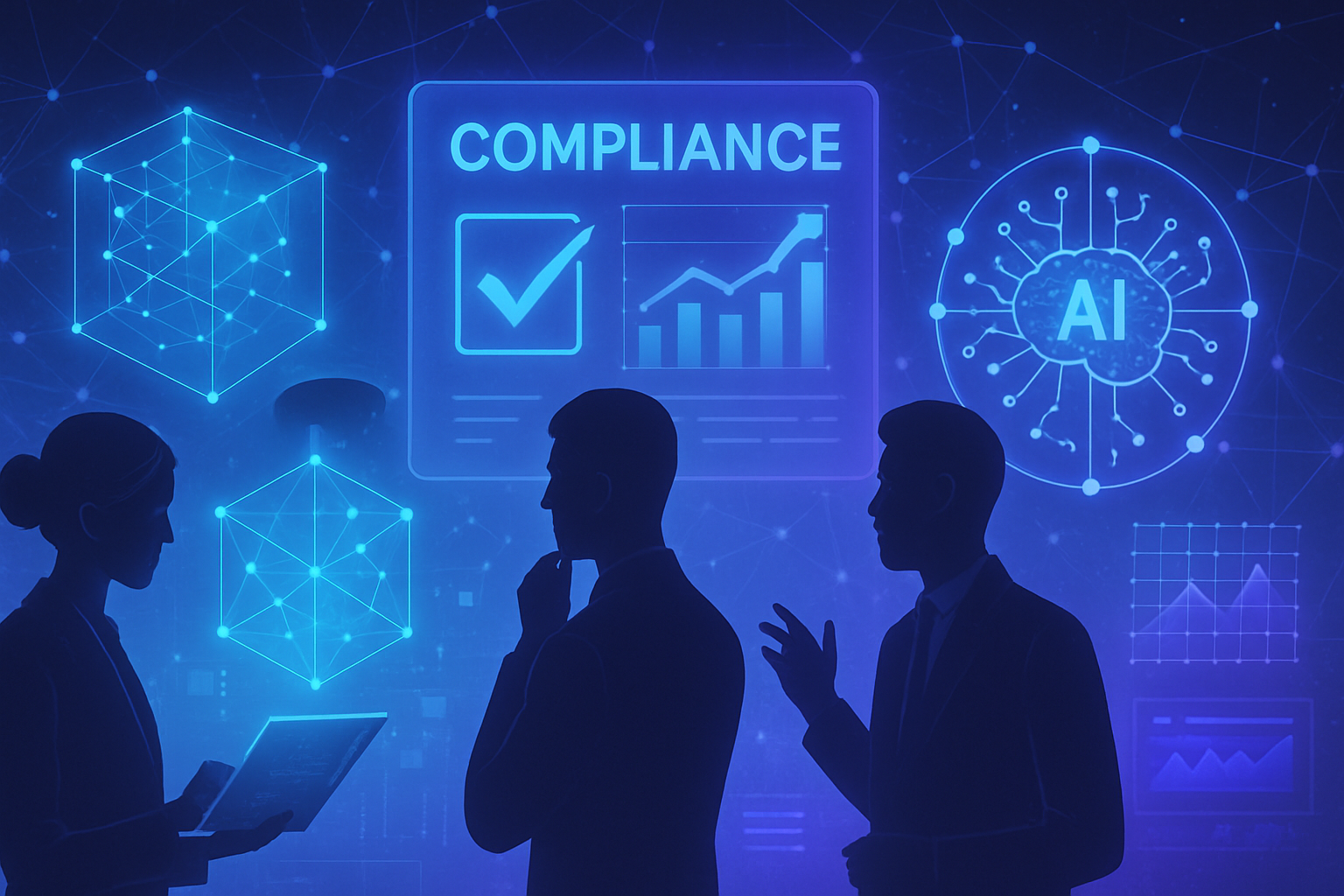The quest for profitability drives many SMEs to consider the integration of Generative Artificial Intelligence. Faced with often narrow margins, these companies must develop effective strategies to ensure optimal ROI. Far from costly experiments, the adoption of targeted solutions allows for addressing specific business needs.
Maximizing internal resources becomes essential to turn these challenges into opportunities. Implementing a pragmatic approach ensures rapid deployment. A precise understanding of the costs associated with AI integration is essential for guiding informed decisions.
Identify the business need
The deployment of a generative AI strategy requires methodical preparation. Precisely identifying a concrete business need is paramount. Adopting AI solely to respond to a trend can be counterproductive. This requires a thorough analysis of the operational issues encountered. Assessing the costs associated with AI is also essential, encompassing the acquisition of the solution, training for teams, and possible adaptations of existing processes.
The measurement of performance stands as the second pillar of this approach. The key performance indicators (KPIs) must align with the investments made. Revenue growth, optimization of human resources, and customer satisfaction are examples of these KPIs. These indicators guide the evaluation of projects. A clear timeline over several months allows for identifying progress. In addition, process analysis determines the friction points that AI can resolve. Ultimately, generative AI must optimize costs through automation or develop new services.
Recruit or internalize?
Once the need is formalized, the definition of the AI model to adopt arises. Choosing between a proprietary or open-source solution, as well as forming the project team, are strategic decisions. For SMEs, favoring SaaS solutions represents an effective approach. Many start-ups in France offer suitable AI tools, directly integrable into existing workflows. This solution represents an advantage for SMEs, often constrained by excessively lengthy research and development cycles.
SMEs must be cautious about hiring external data scientists. Recent experiences show that hasty recruitments can prove detrimental. “An isolated data scientist quickly gets bored,” emphasizes the scientific director of Hub France IA. Training existing employees, particularly those interested in data and technology, promotes skill enhancement. Given the range of solutions available on the market, this choice appears to be the most astute.
Avoid the POC trap
The approach of Proof of Concept (POC) often proves counterproductive for SMEs. Experimentation phases can alienate the company from immediate gains. An industry expert states that *“the POC factory”* where projects are done then forgotten leads to unnecessary spending. Directly moving to the implementation of generative AI is preferable. This allows for adjustments and immediate results. Capturing this immediate feedback is an agile strategy tailored to the specific needs of SMEs.
When the first generative AI project succeeds, an expansion phase is often considered. Sustainable success relies on a progressive and pragmatic methodology. SMEs must first refine their initial developments before exploring other use cases. Monitoring the market to integrate new solutions is an essential approach. *“We are in a logic of continuous improvement,”* specifies an industry expert. These short development cycles maximize the success of the return on investment.
The costs associated with implementing AI
Understanding the costs inherent in integrating an AI solution is essential for planning and optimizing the return on investment. Expenses incurred by acquisition, implementation, and training are elements to consider. A detailed analysis can determine whether these costs align with the expected outcomes. Effectively targeting these costs is crucial for SMEs to make informed decisions regarding their AI strategy.
The complexity of artificial intelligence requires a sophisticated approach. Innovative start-ups are currently leveraging generative AI to design tailored solutions. For instance, chemists at MIT use this technology to calculate 3D genomic structures. This illustrates how AI can transform complex industrial processes into accessible solutions for SMEs.
Innovation in the sector
Developments implemented by companies such as Accenture and Nvidia offer exclusive insights into new strategies centered on generative AI. They address how industry players adapt to the rapidly evolving needs of clients by leveraging AI capabilities. This creates unique opportunities for SMEs looking to adopt advanced solutions.
Studies reveal that biases within AI systems can exacerbate existing prejudices. This underscores the importance of an ethical and thoughtful implementation of technologies. SMEs must remain vigilant regarding these issues and ensure that their AI solutions do not lead to adverse effects in their operations.
The summit dedicated to artificial intelligence in Paris brought together industry leaders to consider future challenges. Constructive discussions on best practices and challenges faced by businesses shed light on the path toward effective and ethical adoption of generative AI.
SMEs must therefore approach AI integration as a strategic transformation lever. Optimizing processes through generative AI represents an indispensable opportunity that should not be overlooked.
Frequently asked questions about generative AI for SMEs
How can SMEs identify a specific need for generative AI?
SMEs should start by analyzing their operational processes to identify friction points or improvement opportunities. An assessment of associated costs and clear objectives will help better guide the implementation of generative AI.
What are the best ways to measure the return on investment (ROI) for generative AI?
The ROI of generative AI can be measured using key performance indicators (KPIs) such as revenue growth, productivity gains, and customer satisfaction. It is crucial to establish a roadmap and regularly track progress against these indicators.
Is it better to use SaaS solutions or develop internal solutions for generative AI?
For SMEs, SaaS solutions are often recommended due to their quick deployment and low cost. They are generally designed to integrate easily with existing processes, helping to avoid lengthy research and development cycles.
What types of training are necessary for effectively integrating generative AI within an SME?
SMEs should prioritize training for their existing employees, especially those showing an interest in data and new technologies. Specific sessions on generative AI and skill enhancement programs will maximize outcomes.
What risks should SMEs avoid when adopting generative AI?
SMEs should beware of excessive experimentation phases such as unmonitored POCs (Proof of Concept). It is essential to quickly move to implementation to achieve concrete results and avoid wasting resources.
How can generative AI improve customer relationships in an SME?
Generative AI can automate customer interactions, personalize experiences, and provide predictive analytics that help better target customer needs. This can lead to increased customer satisfaction and loyalty.
What is the importance of data analysis before implementing generative AI?
A thorough analysis of data is crucial to understanding the business needs and directing the AI strategy. It helps identify optimization opportunities and predict the potential outcomes of generative AI initiatives.
How can SMEs maintain an agile approach when integrating generative AI?
SMEs should favor short development cycles, allow for real-time adjustments, and ensure that feedback is regularly incorporated into the continuous improvement process.






